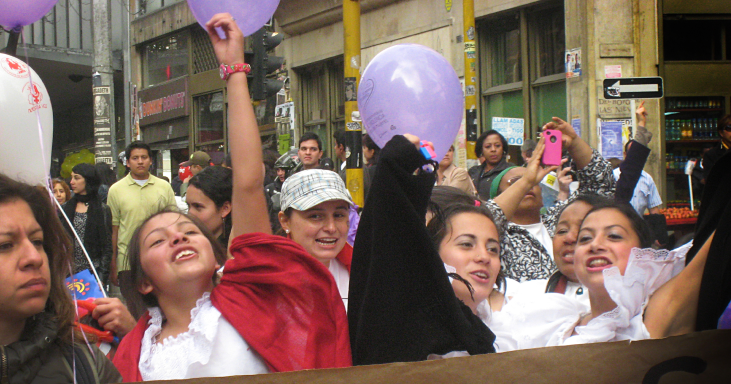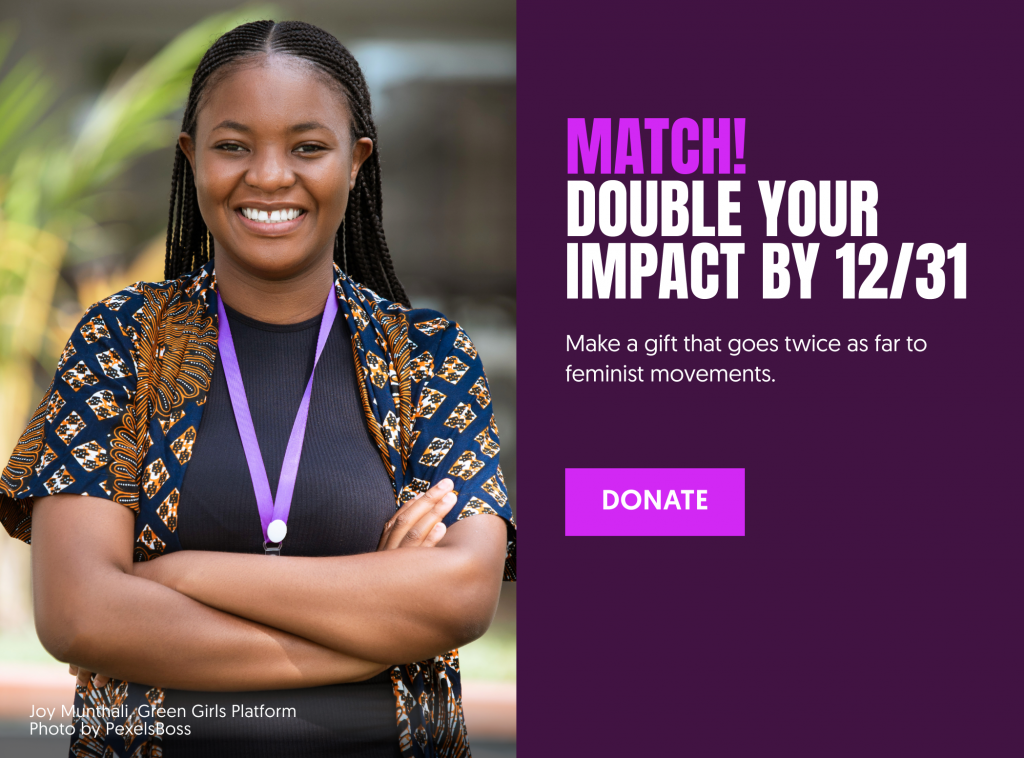Gender Justice Movement
ENDING SEXUAL AND GENDER-BASED VIOLENCE IN PERÚ
- Climate Justice
- Racial Justice
- Sexual and Gender-Based Violence
- Climate Justice
- Racial Justice
- Sexual and Gender-Based Violence
Perú
Feminist organizers in Perú have been raising their voices against sexual and gender-based violence (SGBV) for years, including through mass street demonstrations demanding #NiUnaMenos (Not One More). Their efforts have taken on renewed urgency since the COVID-19 pandemic began; at least 8,459 women and girls have been reported missing in Perú since March 2020. Now more than ever, their strategic, holistic, intersectional response to widespread violence is urgently needed.
Latin America has some of the world’s highest rates of femicide: on average, more than nine women are killed a day. Women who publicly speak out against SGBV often face violence themselves, including vicious harassment, threats of sexual violence, and death threats.
Perú’s recovery from the internal armed conflict of the 1980s and 1990s is still ongoing. Rampant corruption, coupled with deep inequality, has led to a lack of trust in governmental and civil society institutions. It is critically important that grassroots organizing be inclusive of those left out of recovery so far, especially rural, Indigenous, and Afro-Peruvian people and the LGBTQI+ community.
Our partners in Perú are centering the needs of lesbian, rural, poor, trans, young, Indigenous, and Afro-Peruvian women—and making space for their voices to be included in the movement.
The issue of violence is not felt equally by all women. Indigenous women, especially from the Andes and Amazonas regions, have linked gender violence to the struggle for land rights and environmental justice. The “Mi cuerpo, mi territorio” (My body, my territory) campaign brought their issues to the forefront of the feminist movement.
Meanwhile, Afro-Peruvian women activists have highlighted the inequality of power that exists inside the feminist movement and emphasized how the fight against SGBV is also the fight against racism.
Our partners are working to ensure an intersectional lens in their work. They are demanding that movement support reflects anti-patriarchal, anti-racist, and decolonial principles. And they are centering the needs of lesbian, rural, poor, trans, young, Indigenous, and Afro-Peruvian women—and making space for their voices to be included in the movement.
Feminist activists are engaging in mass mobilization to demand better implementation of Perú’s laws and policies against SGBV. They are also seeking accountability and justice: justice for sexual violence, justice for forced sterilizations, justice for femicides, justice for disappearances, justice for human trafficking, and racial justice.
RECENT UPDATES
In 2021, Pedro Castillo, a socialist teachers’ unionist from an Indigenous background, won the Peruvian presidency by a close margin . The Peruvian feminist lawyer and sociologist Gladys Acosta Vargas was elected chairpersonof the United Nations’ Committee on the Elimination of Discrimination against Women (CEDAW). She is known for her work as a women’s human rights defender and supporter of protections for Indigenous women and youth.
8,549
women and girls have been listed as missing since March 2020. Most of them are girls under the age of 20.
Source: The New Humanitarian
56%
of countries with the highest rates of femicide are in Latin America & the Caribbean.
Source: SAS

Tell us about your experience
Far too often, women's efforts around the world are not heard. Let's amplify our stories and recognize each other's work.
